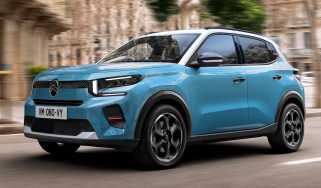What is a self-charging hybrid car?
Find out how self-charging hybrids work and why you might benefit from driving one
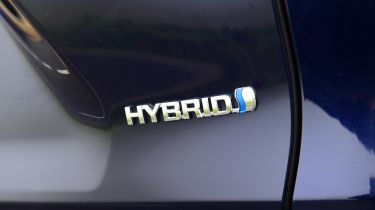
Hybrid cars make a lot of sense for a lot of people, offering the convenience of a petrol or diesel engine with the added efficiency of an electric motor, but there are several types of hybrids to be aware of – the most common of which is the self-charging hybrid.
Self-charging hybrids, sometimes referred to as ‘full hybrids’ (FHEVs) or simply ‘hybrids’, are the original and most popular type of hybrid car. They’ve been on sale since the late 1990s and offer a driving experience much like a traditional petrol or diesel car with an added boost of efficiency thanks to an electric motor.
Read on to find out how self-charging hybrid cars work, what separates them from other types of hybrid, and whether it’s the right choice for you. We’ve also covered the top 10 best hybrid cars on sale, as well as the best hybrid SUVs and the best small hybrid cars.
What is a self-charging hybrid car and how’s it different from a mild or plug-in hybrid?
By definition, all hybrid cars use a combination of more than one power source – in nearly all cases, that’s a combustion engine and one or more electric motors. It’s how these two power sources work together that differentiates them from each other.
Self-charging hybrid cars are the original type of hybrid. As the name suggests, the battery is recharged automatically through normal driving, meaning you never have to plug it in to top up. Most hybrid cars use a computer to shuffle power between the combustion engine and electric motor, keeping the car optimised for maximum efficiency. That means that they can sometimes drive short distances under electric power alone.
The original Toyota Prius of the late 1990s marked the beginning of mass-produced hybrid vehicles, with its pioneering self-charging technology. Initially, this system was simply called a ‘hybrid’, with no emphasis on the ‘self-charging’ aspect. In more recent years, the latter part has been adopted to differentiate self-charging hybrids from the newer mild-hybrid (MHEV) and plug-in hybrid (PHEV) technologies.
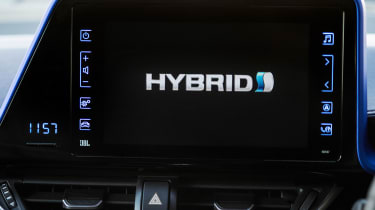
The key difference between a self-charging hybrid car and plug-in hybrid is evident in the name. The latter can be recharged through a plug and external power source, whereas a self-charging hybrid cannot. Plug-in hybrids often use a much larger battery, meaning they can travel longer distances in electric-only mode, but they’re too large to be topped up automatically while driving.
There are also mild hybrids, which tend to use a smaller battery than a self-charging hybrid, but they operate in a similar manner. The combustion engine provides the majority of the car’s power, while the motor is there to provide a small shove of assistance. In most cases, mild hybrids cannot drive on electric power alone as the battery and motor are too small.
Self-charging hybrids remain as the conventional hybrid system – if a car is labelled as just a ‘hybrid’, it will most likely mean a self-charging system. You may also come across the term ‘full-hybrid’, which is used interchangeably with ‘self-charging hybrid’.
How does a self-charging hybrid work?
Most self-charging hybrid cars feature an internal combustion engine, an electric motor and a small battery pack. As you drive along, some power from the engine and energy recuperated through braking and coasting is used to charge the battery pack – this is what leads some manufacturers to use the term 'self-charging'.
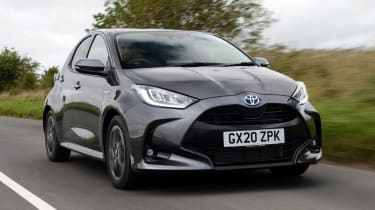
Then, as you accelerate, electricity from the battery powers the electric motor and helps the car gain speed, reducing the strain on the combustion engine and improving fuel economy.
When enough charge is in the battery pack, most self-charging hybrid vehicles can also pull away just using electricity and travel for a short distance at low speeds, using no fuel at all. This is most beneficial in traffic jams, car parks and town centres where there’s a great deal of air pollution.
Some hybrid vehicles, such as the Toyota Prius, allow you to choose how much energy is recovered during coasting and braking. If you choose a higher level, you can adapt your driving style to allow the recuperation of energy to slow you down. This puts more charge into the battery pack while potentially reducing wear and tear on the brakes. Of course, you’ll still need to use the brake pedal to come to a halt or to brake suddenly or in an emergency.
Many self-charging hybrid models also feature a fully electric mode, with Toyota claiming its latest Yaris Hybrid can manage around 70% of journeys in-town in this setting, using only electric power. Just don’t expect to travel far – most self-charging hybrids can only manage a mile or two before the combustion engine kicks in.
What are the pros of driving a hybrid car?
If you drive a hybrid in built-up areas, with lots of traffic, the technology can keep your petrol or diesel engine switched off for a high proportion of your journey, reducing fuel costs and cutting air pollution.
For this reason, hybrid models tend to emit less CO2 than conventional models, which qualifies them for several incentives. For a start, the Benefit-in-Kind (BiK) bands used to calculate company-car tax are based on CO2, so hybrid cars tend to be somewhat affordable for business users to drive, with most getting a mid-range BiK rating. However, an equivalent plug-in hybrid – or a fully electric car for that matter – will nearly always have a lower BiK rating.
As hybrid technology has become more mainstream, the vehicles have also become more affordable, costing a similar amount to an equivalent diesel. Hybrid powertrains are also offered in a wider variety of cars now than ever before, from superminis to luxury SUVs including the Honda Jazz or Renault Clio E-Tech, and the Range Rover Sport Hybrid.
All new hybrid cars use an automatic gearbox and are designed to be very quiet and smooth to drive, so they're typically relaxing and easy to master. When sitting in congested traffic, light controls and the lack of a clutch can help reduce fatigue.
Hybrids also require very few changes to your driving habits because they can be parked anywhere (you don’t need to find a charging point), refuelled at any petrol station and require the same level of care and maintenance as any ordinary car.
What are the cons of driving a hybrid car?
Once the traffic clears and you head out of town on faster roads, or on the motorway, hybrid cars rely on their petrol or diesel engines to sustain higher speeds. Because of this, hybrids lose their economical advantage in these conditions and will often use slightly more fuel than a modern diesel car.
Because of the small capacity of the battery packs fitted to a self-charging hybrid vehicle, they can’t travel very far, or for very long, on electric power alone – typically less than a mile. If you want to travel for a greater proportion of the time using just electricity, a plug-in hybrid model is more suitable, as most of these can be driven for upwards of 30 miles without the conventional engine kicking in. To achieve this, plug-in hybrids require a much larger battery pack that requires charging from a mains supply or public charging point, but they're also often more expensive to buy as a result.
Lastly, driving a hybrid car may not suit all drivers, particularly enthusiasts. With an automatic gearbox, engine and even eco tyres all designed to reduce fuel consumption, hybrid models aren’t going to appeal to devotees of hot hatchbacks or sports cars. However, times are changing, and hybrids are becoming far better to drive and much faster. A world where sports cars and even supercars are fitted with hybrid technology is already here, and we've ranked the best hybrid and electric sports cars here.
If you want to know about different types of hybrid vehicles, read our guides to plug-in hybrid and mild hybrid technology...
Recommended
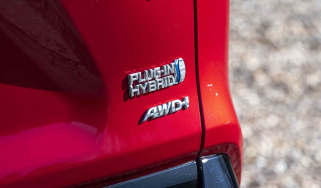
Petrol and diesel car ban relaxed with hybrids permitted beyond 2030
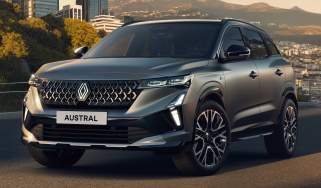
Sharper design and tech for Renault Austral hybrid SUV
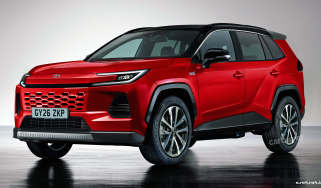
New Toyota RAV4 to double down on hybrid power and rugged styling
Most Popular
Tips & advice

Car dashboard warning lights: what does each symbol mean?

Electric car charging stations: public networks, charger types, apps and maps


